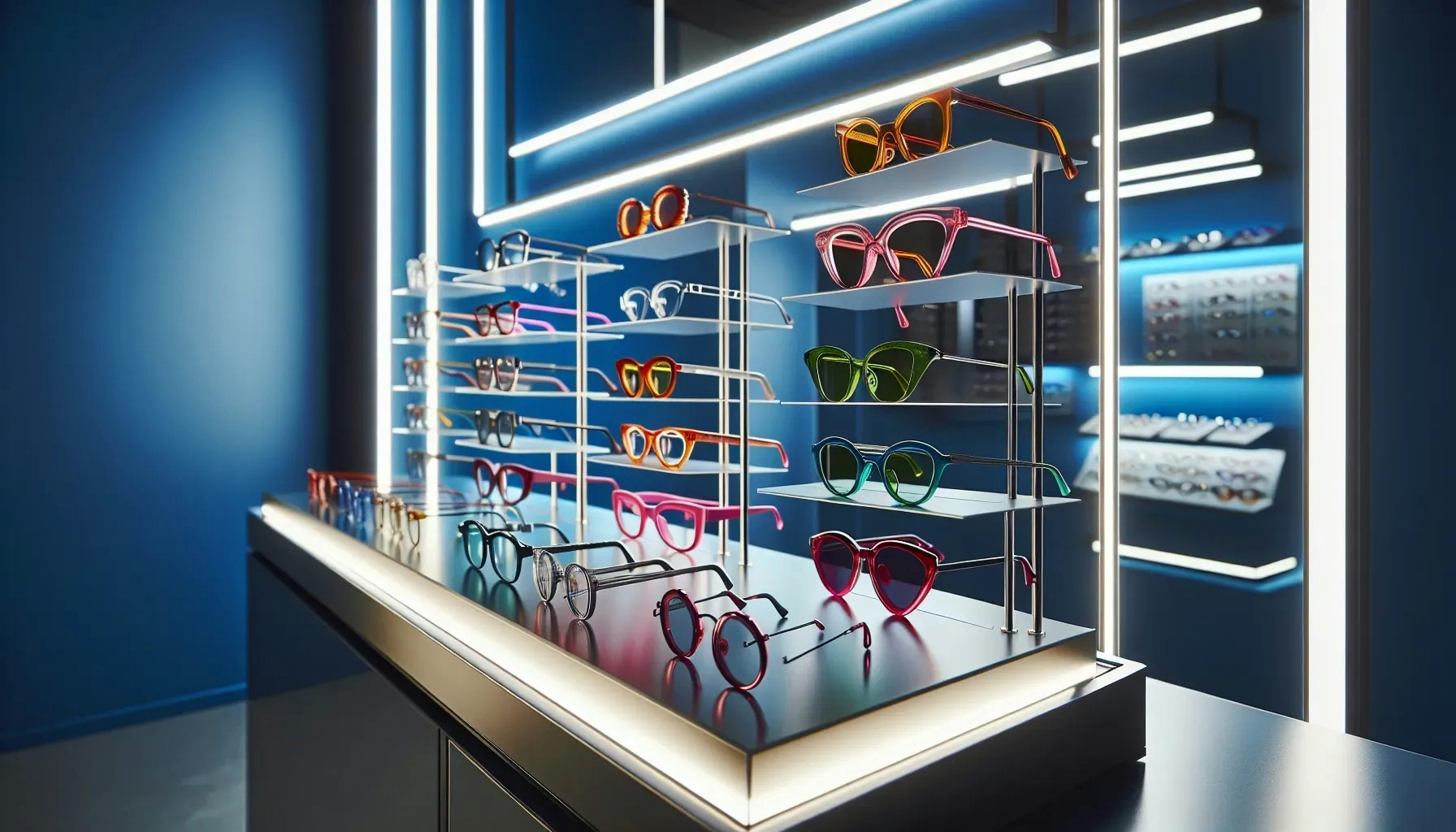What Advice Should Optometrists Give to New Opticians On Frame Selection for Diverse Face Shapes?
When it comes to advising fledgling opticians on selecting frames for varied face shapes, an experienced Optician emphasizes the importance of understanding face shapes and frame curves. Alongside this expert guidance, we've gathered five additional answers that explore the nuances of fit, comfort, and aesthetic considerations. From respecting cultural style preferences to applying color theory to skin tones, these insights are invaluable for anyone new to the field.
- Understand Face Shapes and Frame Curves
- Prioritize Fit and Comfort
- Respect Cultural Style Preferences
- Recommend Versatile Frame Options
- Balance Frames with Facial Features
- Apply Color Theory to Skin Tones
Understand Face Shapes and Frame Curves
I’ve been an optician for almost eight years and have learned so much from our doctors at the office. Getting to know face shapes was key! For square-shaped faces, we should use curved frames to soften their face shape. For heart-shaped faces, styling the patient into round glasses draws the eyes away from the structure of the forehead. Facial structures with soft curvatures work well with round and oval faces!
Prioritize Fit and Comfort
When assisting clients with frame selection, optometrists should emphasize the importance of how the glasses feel on the face, rather than simply how fashionable they may be. Frames should not pinch the nose or squeeze the temples, indicating they are too tight, nor should they slide down the nose, suggesting they are too loose. The perfect fit often means the client can forget they're wearing glasses altogether.
Comfort ensures that the glasses will be worn regularly, which is essential for those who need them for vision correction. Encourage your clients to choose comfort first, and then find a style within those options that pleases them.
Respect Cultural Style Preferences
Optometrists should advise new opticians to take into account the various cultural aesthetics that might influence a client's choice of eyewear. In some cultures, bold and elaborate frames may be in vogue whereas in others, understated elegance might be the norm. By being sensitive to these preferences, opticians can help clients feel that their sense of style and identity are understood and respected.
This approach helps build a bond of trust between the client and the optician, which is invaluable for repeat business and recommendations. Make sure to ask questions about your client's stylistic preferences and what they feel represents them best.
Recommend Versatile Frame Options
One key piece of advice optometrists can offer to new opticians is the recommendation of versatile frames. These are frames that are appropriate and stylish for a variety of settings, from the office to a night out. Versatile frames are especially valuable for clients who do not wish to have multiple pairs for different occasions.
This choice ensures that the client feels confident and comfortable in any situation, without the need for frequent swaps. Opticians should suggest frames that strike a balance between professional and casual, encouraging clients to imagine themselves in different scenarios with the same pair.
Balance Frames with Facial Features
It is vital for optometrists to counsel new opticians on the art of balancing facial features with the right frame style. Round faces may benefit from more angular frames to add definition, while square faces might look better with rounder, softer frames to add contrast. The shape and size of frames can highlight a client's best facial features or create a sense of proportion where needed.
Opticians can make a meaningful difference in a client's appearance with the right frame recommendation. When assisting clients, guide them towards frames that enhance their natural facial contours.
Apply Color Theory to Skin Tones
Optometrists should instruct new opticians on how to apply color theory when helping clients choose frames that complement their skin tone. Just as in fashion and makeup, certain colors can either wash out or enhance natural complexions. For instance, individuals with warm undertones might look best with frames in shades of brown or gold, while those with cool undertones might stand out with silver or blue frames.
By understanding the basics of color theory, opticians can guide their clients toward choices that highlight their features and give a look that is harmonious and appealing. Encourage clients to consider how different colored frames could enhance their natural complexion before making a selection.

